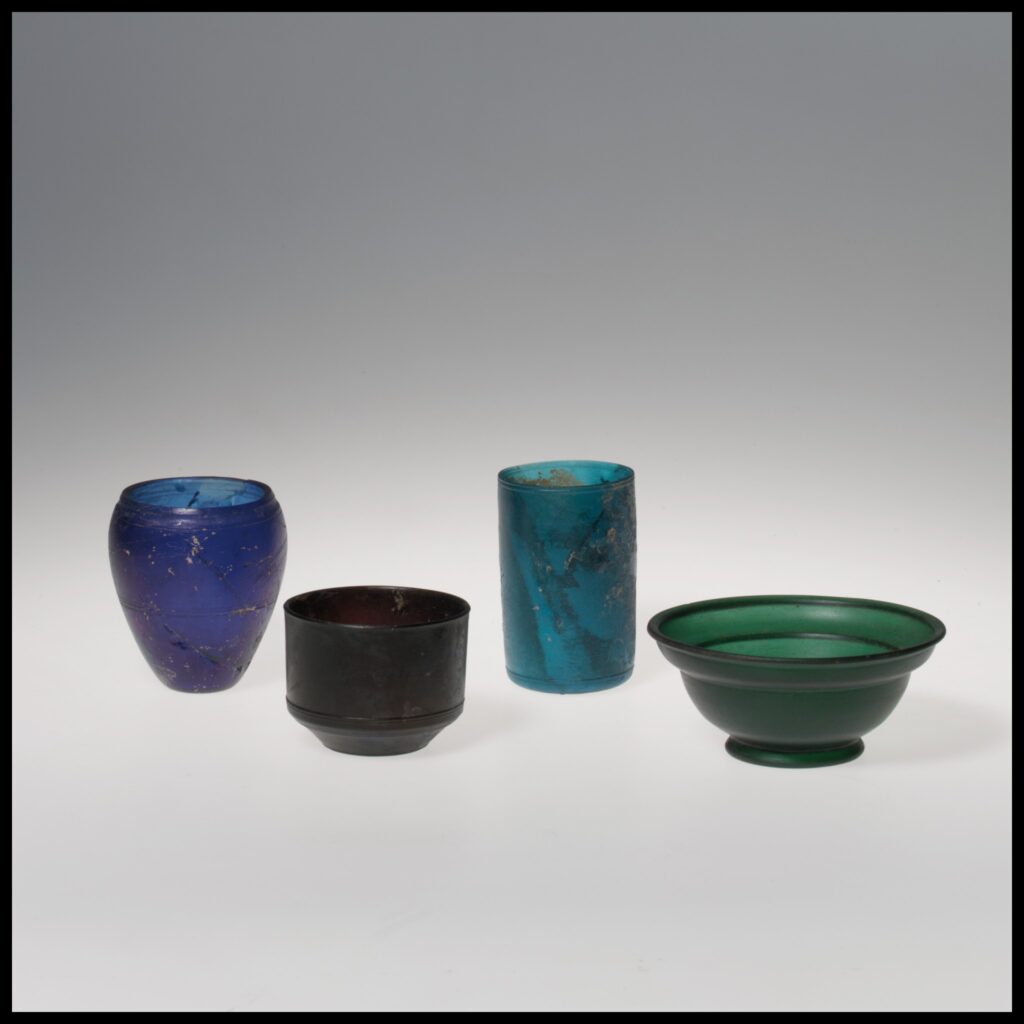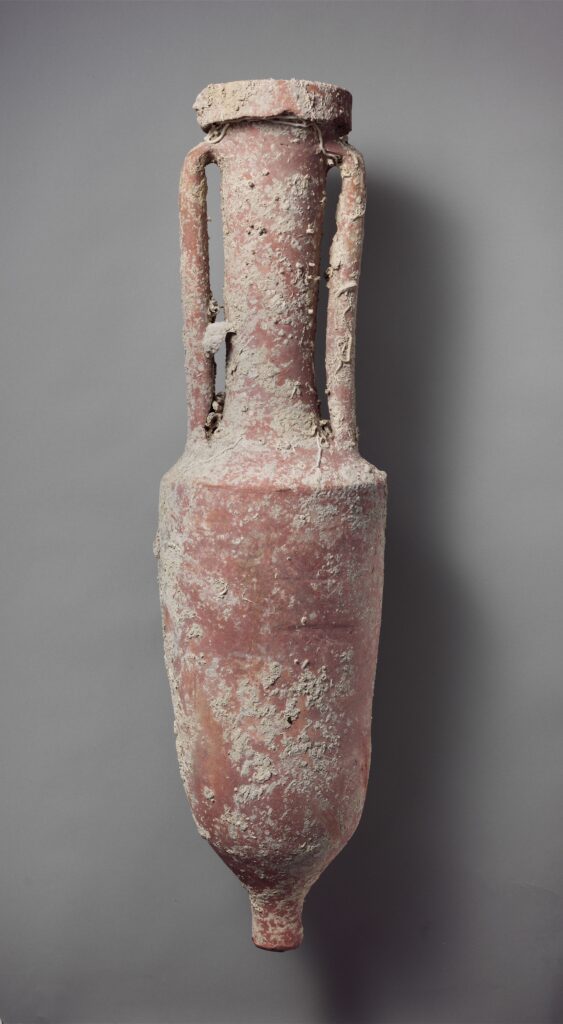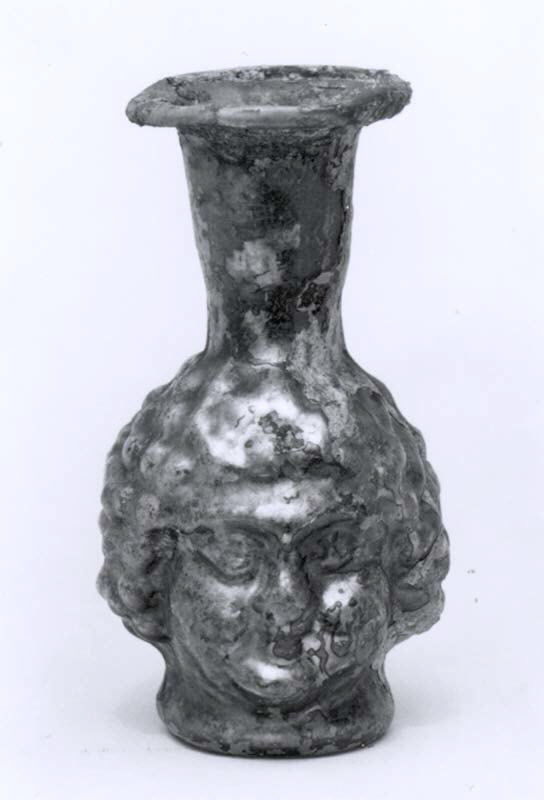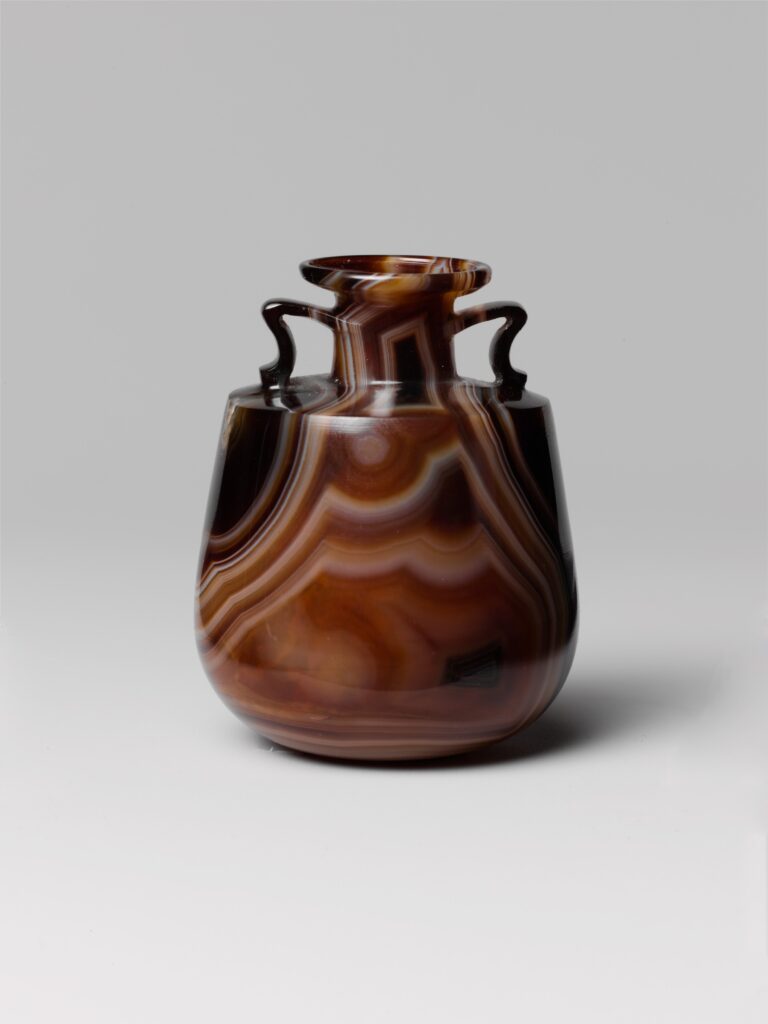The ancient Romans were not only skilled architects and conquerors but also adept craftsmen, leaving behind a rich legacy of pottery that continues to fascinate archaeologists and history enthusiasts alike. Let’s delve into the world of Roman pottery and discover its characteristics, techniques, and significance.
Introduction to Roman Pottery

Roman pottery refers to the ceramic vessels and objects produced during the Roman Empire, spanning over a vast geographical area and a timeline of several centuries. From humble cooking pots to exquisite decorative pieces, Roman pottery showcases the creativity and ingenuity of its makers.
Types of Roman Pottery
Roman pottery can be broadly classified into various types based on their function and style. Among the most common types are:

- Amphorae: These large, two-handled jars were used for storing and transporting goods such as wine, olive oil, and grains across the empire.
- Cooking Pots: Simple yet essential, cooking pots were used for preparing meals in Roman households. They often feature sturdy handles and were made in various sizes to suit different cooking needs.
- Tableware: Romans enjoyed fine dining, and their tableware reflected this. Plates, bowls, and cups were crafted with care, ranging from plain utilitarian designs to elaborate decorative motifs.
- Oil Lamps: Lighting was crucial in ancient times, and oil lamps served this purpose. Made from clay, these lamps were filled with olive oil and had a wick for illumination.
- Decorative Vessels: Romans valued aesthetics, and decorative vessels adorned with intricate designs and patterns were highly prized. These could range from ornate vases to figurines and statuettes.

Techniques of Roman Pottery
Roman potters employed various techniques to create their wares, showcasing their expertise and innovation:
- Wheel-Throwing: The potter’s wheel revolutionized pottery making, allowing for the efficient production of uniform vessels such as bowls, jars, and cups.
- Moulding: Some pottery items were crafted using moulds, enabling potters to replicate intricate shapes and designs with precision.
- Decoration: Roman pottery was often embellished with decorative motifs such as geometric patterns, floral designs, and mythological scenes. These decorations were either painted on or impressed into the clay before firing.
- Glazing: While not as prevalent as in later periods, some Roman pottery was glazed to create a smooth and glossy finish. Glazes were usually applied to decorative items rather than utilitarian ware.
Significance of Roman Pottery
Roman pottery serves as a valuable archaeological resource, providing insights into ancient trade networks, social customs, and technological advancements:

- Trade and Commerce: The widespread distribution of Roman pottery across the empire reflects the extent of ancient trade routes and economic exchange. Amphorae, in particular, were instrumental in the transportation of goods, serving as tangible evidence of long-distance trade networks.
- Domestic Life: Everyday pottery items offer glimpses into the daily lives of ancient Romans. Cooking pots, tableware, and household utensils provide clues about culinary practices, dining habits, and domestic rituals.
- Artistic Expression: Roman pottery is not merely functional but also artistic. Decorative vessels showcase the craftsmanship and aesthetic sensibilities of ancient artisans, with designs ranging from the simplistic to the exquisitely detailed.
- Chronological Markers: Pottery styles and techniques evolved over time, allowing archaeologists to date archaeological sites and stratigraphic layers accurately. Changes in pottery styles can indicate shifts in cultural preferences, technological advancements, and historical events.
Preservation and Study
The durability of pottery has ensured its survival through the ages, with countless fragments unearthed by archaeologists during excavations of ancient sites. These fragments, known as sherds, provide valuable clues about past civilizations when pieced together and analyzed.
Modern archaeological techniques, such as pottery typology, petrology, and chemical analysis, allow researchers to classify, date, and study Roman pottery in greater detail. Through these methods, scholars can reconstruct ancient pottery production techniques, trace trade routes, and unravel the complexities of Roman society.
In addition to academic research, museums and cultural institutions play a vital role in preserving and showcasing Roman pottery to the public. Exhibitions and educational programs allow visitors to appreciate the beauty and historical significance of these ancient artifacts, fostering a deeper understanding of the Roman world.